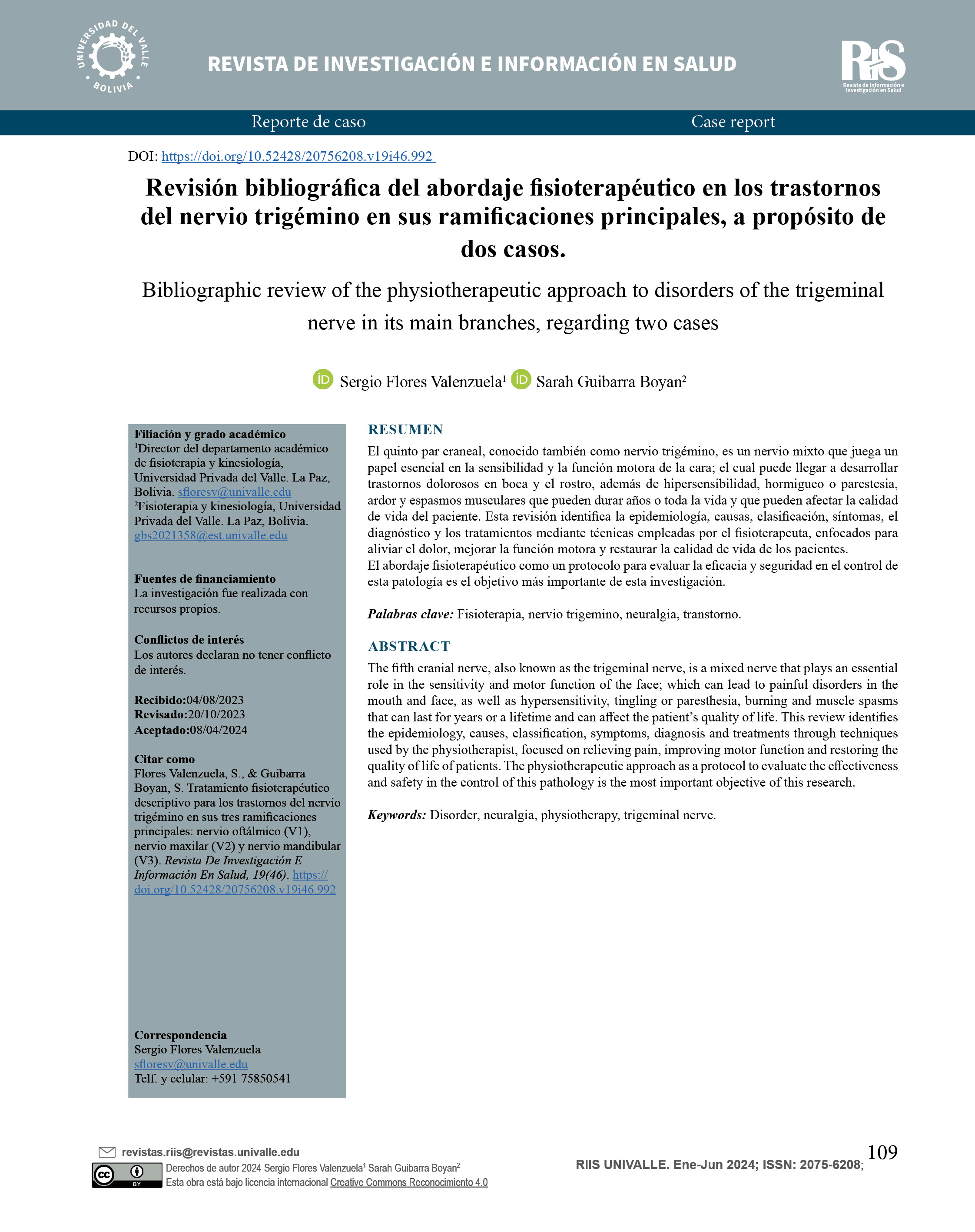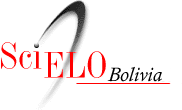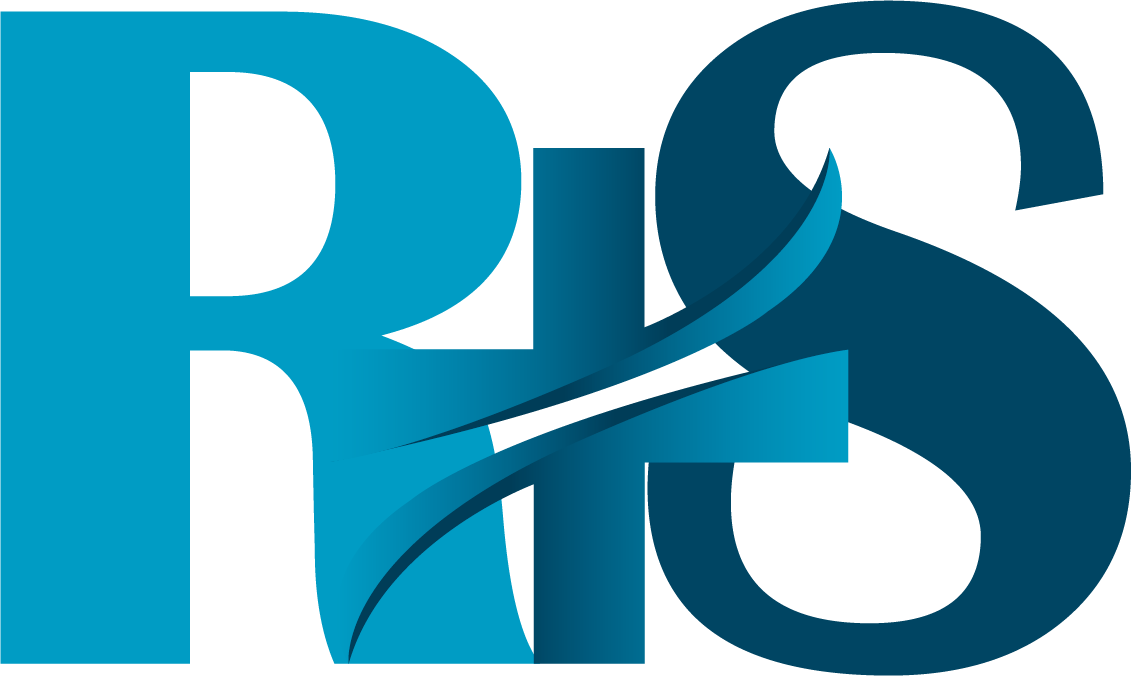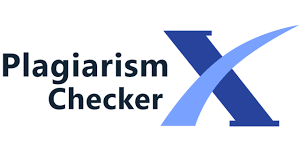Bibliographic review of the physiotherapeutic approach in trigeminal nerve disorders in their main ramifications, regarding two cases
DOI:
https://doi.org/10.52428/20756208.v19i46.992Keywords:
Nervio trigemino, Tratamiento, Fisioterapia, Neuralgia, TranstornoAbstract
Describe different therapeutic approaches used in the management of trigeminal neuralgia, evaluating their effectiveness and safety in relieving facial pain, through a generalized description of this pathology. The fifth cranial nerve, also known as the trigeminal nerve, is a mixed nerve. , this plays an essential role in the sensitivity and motor function of the face;which can develop painful disorders in the mouth and face, hypersensitivity, tingling, burning and muscle spasms that can last for years or a lifetime and affect the quality of life of those who have it.This Article is of the observational descriptive type which aims to identify the epidemiology, causes, classification, symptoms, diagnosis, treatments through techniques used by physiotherapy and kinesiology and the respective treatments that can be provided to relieve pain, improve function. motor skills and restore the quality of life of patients.
Downloads
References
Martínez-Salio, A., & Martínez-Salio, M. A.Neuralgia del Trigémino: Diagnóstico y tratamiento. (2010). Aran Ediciones.
Pardo-Maza, A., Pardo-Maza, M. A., & García-Granero, M. Actualización en neuralgia del trigémino. (2016). Ergon.
Villalón-González, P. (2017). Neuralgia del trigémino y neuropatías craneales. Editorial Médica Panamericana.
Láinez, J. M., & Gómez-Esteban, J. C. (Eds.). Trastornos del nervio trigémino. (2014). Editorial Médica Panamericana.
Martínez, J. A. M., López, R. P. P., & Serrano, J. P. F. Actualización en neuralgia del trigémino y dolor neuropático facial. Dolor Neuropático y Neuralgia del Trigémino, (2016). 23-40.
Zakrzewska JM, Linskey ME. Trigeminal Neuralgia. In: Youmans and Winn Neurological Surgery. Elsevier;( 2017). p. 1850-1863.
Fernández-de-Las-Peñas C, Cleland JA, Dommerholt J. Manual therapy for temporomandibular disorders. J Man Manip Ther. (2009);17(4):247-254.
Headache Classification Committee of the International Headache Society (IHS). The International Classification of Headache Disorders, 3rd edition. Cephalalgia. (2018);38(1):1-211.
https://doi.org/10.1177/0333102417738202 DOI: https://doi.org/10.1177/0333102417738202
Chaves TC, Turci AM, Pinheiro CF, et al. Manual therapy for the management of pain and limited range of motion in subjects with signs and symptoms of temporomandibular disorder: a systematic review of randomised controlled trials. J Oral Rehabil. (2016);43(9):709-719.
Chen J, Li Z, Tang Z, et al. Effectiveness of exercise therapy in patients with temporomandibular disorders: A systematic review and meta-analysis. J Oral Rehabil. (2019);46(12):1161-1172.
Bertoli FM, Antonioli CM, Ribeiro RF, et al. Immediate effects of muscle stretching on the masseter muscle tonus in individuals with temporomandibular disorder. J Bodyw Mov Ther. (2017);21(2):278-283.
Lippold C, Dannecker EA. Treatment of temporomandibular disorders using stabilisation splints in general dental practice: results after initial treatment. J Oral Rehabil. (2008);35(8):577-582.
Fillingim RB, Ohrbach R, Greenspan JD, et al. Psychological factors associated with development of TMD: the OPPERA prospective cohort study. J Pain. (2013);14(12 Suppl): T75-T90.
https://doi.org/10.1016/j.jpain.2013.06.009 DOI: https://doi.org/10.1016/j.jpain.2013.06.009
PMid:24275225 PMCid:PMC3855656

Published
How to Cite
Issue
Section
License
Copyright (c) 2024 Sergio Flores Valenzuela, Sarah Guibarra Boyan

This work is licensed under a Creative Commons Attribution 4.0 International License.
Authors who publish with this journal agree to the following terms:
- Authors retain copyright and grant the journal right of first publication with the work simultaneously licensed under a Creative Commons Attribution License 4.0 that allows others to share the work with an acknowledgement of the work's authorship and initial publication in this journal.
- Authors are able to enter into separate, additional contractual arrangements for the non-exclusive distribution of the journal's published version of the work (e.g., post it to an institutional repository or publish it in a book), with an acknowledgement of its initial publication in this journal.
- Authors are permitted and encouraged to post their work online (e.g., in institutional repositories or on their website) prior to and during the submission process, as it can lead to productive exchanges, as well as earlier and greater citation of published work.






















